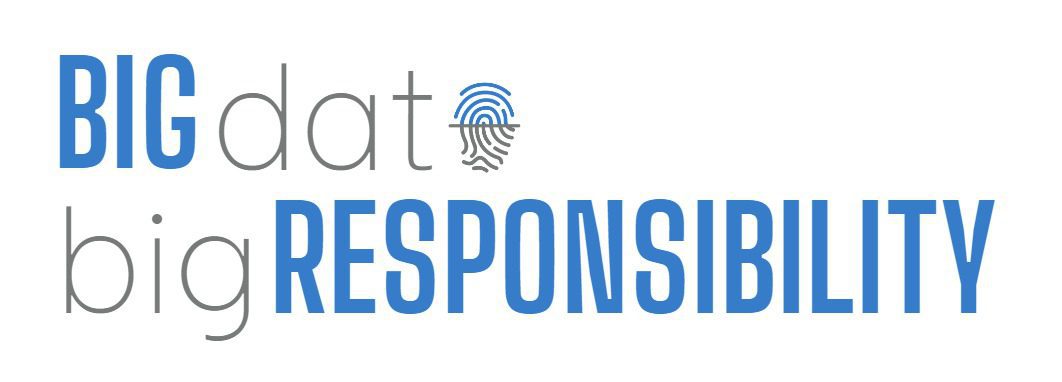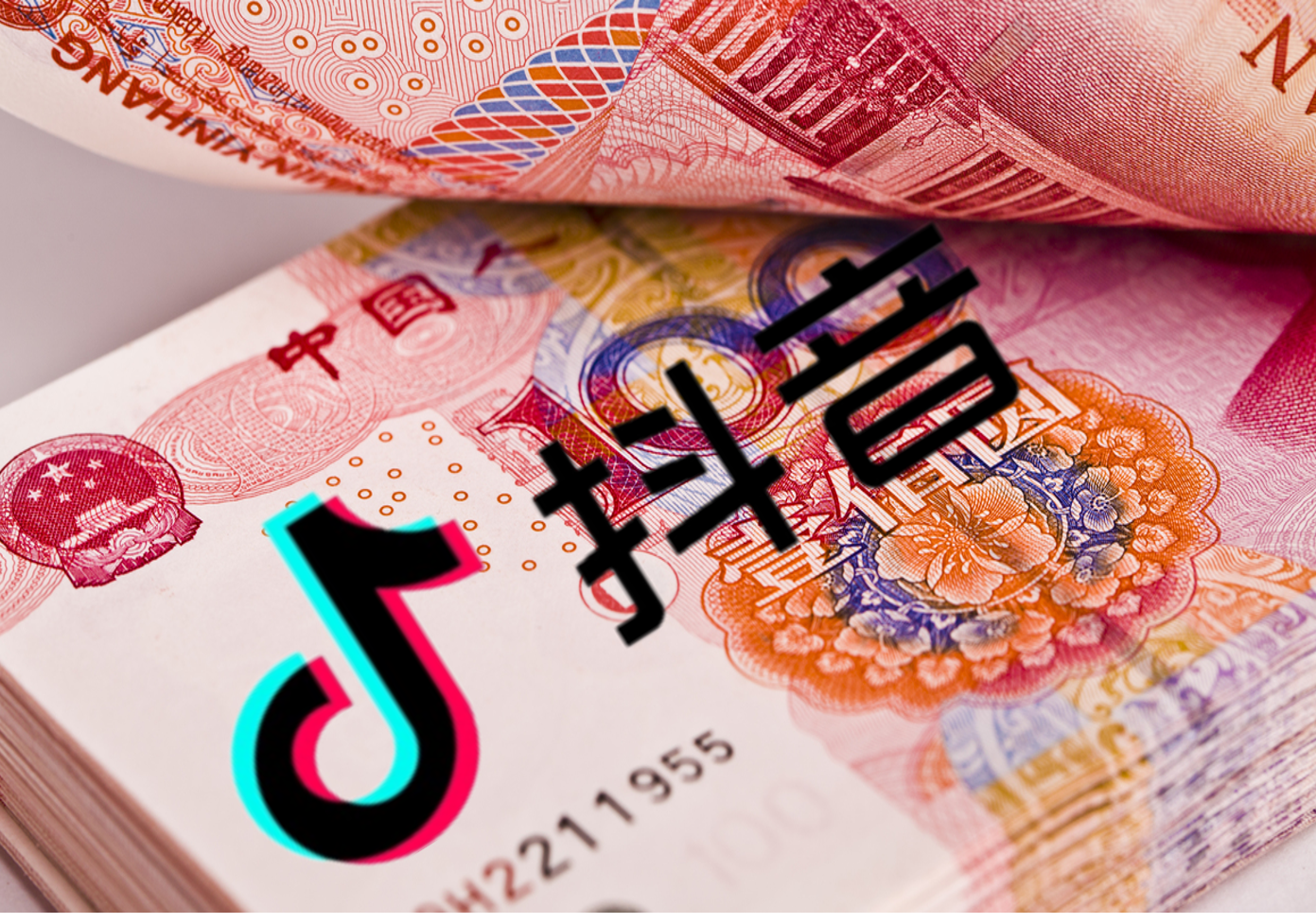“5, 4, 3, 2, 1 Sold Out! ”
This sentence has echoed in e-commerce and social media in China during the last three years. The number of anchors, big or small, selling products live on e-commerce platforms and social media has grown like bamboo after the rain. Among them are a group of people who dedicate their popularity to helping rural farmers sell unsalable agricultural products that risk being left in the field to rot. Hence, this leads us to ask whether social media could be a new road to poverty reduction in parallel to the more conventional projects.
Born in the post-war era, I was lucky to grow up in countries that were not ravaged by constant war and conflict. Sadly, not everyone in this world has the luck to enjoy peace and have an economically prosperous life. As stated in the United Nations Agenda 2030, poverty reduction remains a critical global challenge. Poverty is not only a concern for people in developing countries but also people in developed countries.
Living in the 21st century
Many people have benefited from the technological advancement humanity has achieved. Web 2.0 and the Internet in particular have provided ordinary people the opportunity to easily share their own created content (also known as user-generated content) on diverse platforms through different mediums. This has also driven our ways of socializing from offline to online. Lifting the geographical boundaries allowed easier sharing of information and greatly increased outreach. One person who shared a video on TikTok of an event happening in Europe can be instantly viewed by numerous people all over the world. Because of the instant outreach and many-to-many characteristics that social media holds, many development practitioners and researchers have turned their attention to the possibilities of social media to facilitate development.
ICTs within livelihood strategies
Richard Duncombe interestingly mentioned information and communication technology’s (ICT) functional role in terms of how people can apply ICTs within their livelihood strategies to create favorable outcomes. Of course, as with any other tool or ideology in development, it would be dangerous to take for granted that ICTs alone can solve poverty. Duncombe’s poverty reduction study in Botswana illustrated precisely this point, thus suggesting that the effects of ICT should be carefully viewed as marginal. One important point to bear in mind is that technology in general is neither neutral nor objective and we have to ask ourselves when applying ICTs for development purposes – How are ICTs being used? Who has access? Whom does it benefit? Who controls the data? What are the outcomes?
The case for DouYin
Let us delve into how DouYin was utilized for the aim of generating income to tackle poverty. DouYin – the Chinese version of TikTok – is a video-focused social networking APP owned by ByteDance (a Chinese Internet Technology company) that gained huge popularity in China. With 600 million daily active users, DouYin could reach an audience of half of total Chinese netizens, which is a huge market. Statistics from 2021 demonstrated that approximately 1.793 million agricultural specialties were sold nationwide through DouYin.
I have selected three vloggers that can be representative of how to practically utilize DouYin to support oneself as well as other people to escape poverty.
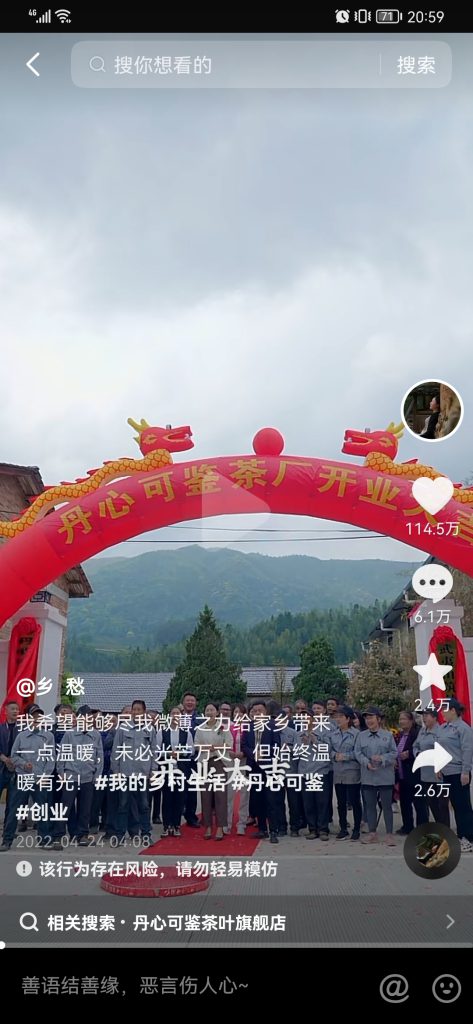 “用微小的镜头记录乡村的真实生活 Documenting real life in the countryside with tiny lenses”
“用微小的镜头记录乡村的真实生活 Documenting real life in the countryside with tiny lenses”
(Description stated on XiangChou’s account)
The female vlogger 乡愁 (XiangChou) is a single mom who started to post videos of her rural life in 2018. At the time of writing, she has 20.736 million fans on DouYin. She has been working hard to make a living for her family through revenues from videos and product sales on DouYin and other commercial partnerships. The most remarkable achievement happened in 2022. With her in lead, the whole village built a tea factory that could generate income for everyone involved.
There are several stakeholders involved in this case of a group utilising social media as a strategy for getting rid of poverty. XiangChou is the primary beneficiary of her fame. The other villagers also benefited from it. She is the one with access to the basic technology needed for using social media, access to the audience and contacts, the data of the audience and the revenues generated. Therefore, she holds the typical position of a power controller.
(<– A screen capture of the video of celebrating the opening of the tea factory)
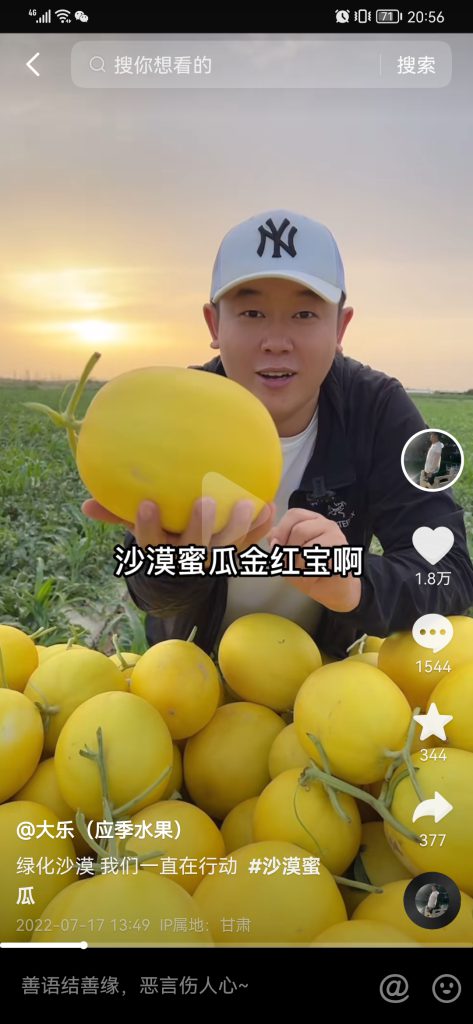 “为耕者谋利,让食者满意。Profit for the cultivator and satisfaction for the eater.”
“为耕者谋利,让食者满意。Profit for the cultivator and satisfaction for the eater.”
(The motto written on DaLe’s account page)
The male vlogger 大乐 (DaLe) is known for helping lonely elders and children in need. At the time of writing, he has 9.386 million fans. Last year, on the call of netizens, he started live broadcasting to help rural farmers who had limited commercial contacts to sell fruits.
This kind of video often evokes discussions about whether it is about authenticity or performance. The life and events demonstrated in the videos appear as real-life situations. It is still worth recalling that the process of producing videos is already a process of deciding a perspective of reality. Hence it is more appropriate to not have a clear line between authenticity and performance, as these two often are intertwined.
(<– A screen capture from a video of DaLe promoting the fruit he sells)
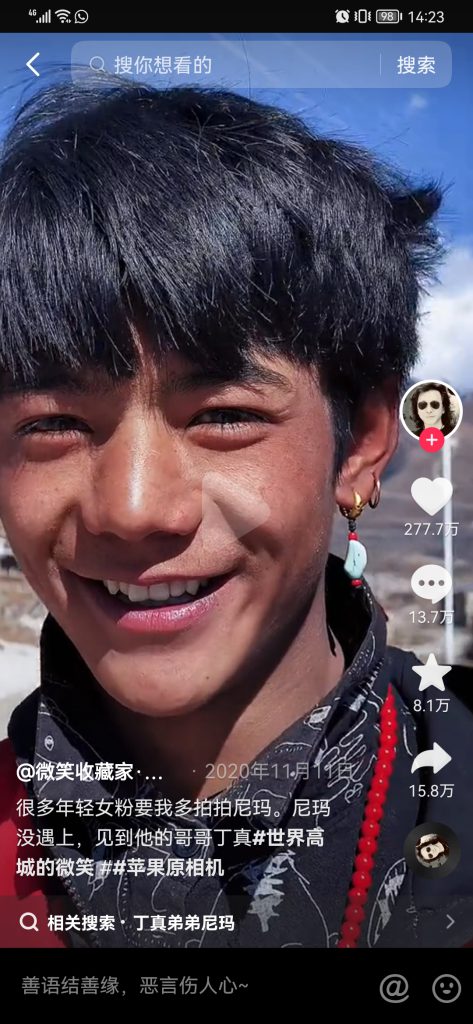 “昙花一现 A flash in the pan”
“昙花一现 A flash in the pan”
(Often used to describe someone who suddenly gained fame and quick vanished on social media)
Not only has food been in the spotlight. Due to the growing stress from the high pace of urban life, rural areas with their slow way of living and beautiful landscapes are attracting attention from urban citizens. Hence, the countryside is becoming the new popular travel destination.
A short video clip of a minority group boy named DingZhen suddenly went viral over the night because of his “pure innocence” and smile.
His fame eventually brought him approximately 8 million fans, opportunities to make a speech at the United Nations Earth Day Event, and participation in United Nations Development Program’s #ForNature campaign. LiTang county – DingZhen’s hometown – was previously a poor rural area. Because of this DingZhen phenomenon, the county’s tourism revenue increased by 72.4% compared to last year.
(<– A screen capture of the first video of DingZhen that went viral)
The critical risks under the surface
While celebrating short-term economic growth, the long-term sustainability of this kind of growth and strategy needs critical review. Poverty reduction strategies must be able to maintain long-term growth to minimize the risk of the poor falling back into poverty. So far, at least on the surface, social media seems to be a great and cost-effective platform to utilize. Nevertheless, as fast as fame comes, it can disappear again. Netzines are forgetful. Every day, there are always new hot topics circulating the Internet, attracting people’s attention. Not to mention the algorithms that influence who can get more attention than someone else. Or big tech, other stakeholders and the government who hold the power to surveil, ban or delete information and accounts. Or the unequal distribution and access to the basic technologies necessary to even be able to utilize social media as a livelihood strategy.
How is social media as a new approach to poverty reduction?
This is a tricky question. The answer could be both good and bad. Social media has the capability to generate quick income that can mitigate poverty for short-term. However, in terms of its unstableness and sustainability, social media has many uncertainties and risks. At the end of the day, technology can be utilized for favorable outcomes when it is used with caution.
Upcoming posts
To broadening the aspects of social media, development and datafication. Our podcast will discuss about the role of social media in conflicts/wars. Connecting to this discussion, my next post will expand the discussion to the World Internet Conference and the future of cyberspace for all.
